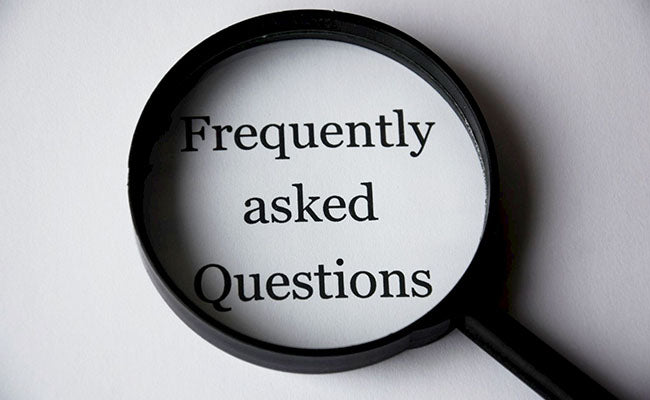How to Build a Raspberry Pi Digital Picture Frame (with Google Photos Integration)
If you’ve ever wanted a customizable digital picture frame, the Raspberry Pi is one of the most flexible and affordable ways to do it. Whether you want a simple Raspberry Pi picture frame slideshow on your desk or a wall-mounted digital frame Raspberry Pi that streams your favorite memories from the cloud, the setup can be surprisingly easy — and a lot of fun.
Why Use a Raspberry Pi for a Picture Frame?
Unlike most commercial frames, a Raspberry Pi gives you control over every detail. You can choose your screen size, frame style, and even which Raspberry Pi picture frame software to run. You’re not locked into a single storage limit or subscription service — you decide where the pictures come from and how they’re displayed.
Here are a few benefits:
-
Full customization – Choose from local storage, USB drives, network shares, or even Google Photos.
-
Cost-effective – A Raspberry Pi 3, 4, or even the Pi Zero can handle most picture frame tasks.
-
Expandable – You can add weather widgets, clocks, or motion sensors to turn it into a smart display.
Choosing the Right Raspberry Pi for Your Project
For a smooth slideshow experience, Raspberry Pi 4 pictures display beautifully on larger, higher-resolution screens. A Pi 3 can handle the job for smaller displays or lower resolutions.
If you already own a Raspberry Pi for other projects, repurposing it into an RPI photo display is a great way to give it a new life. Just make sure your power supply and SD card are reliable, since the frame will be running for long periods.
Popular Raspberry Pi Picture Frame Software Options
One of the best things about this project is the variety of Raspberry Pi photo frame software available:
-
Pi3D PictureFrame – Smooth transitions, customizable display times, and compatibility with local or network storage.
-
Feh – A lightweight option for those who want a minimalist Raspberry Pi picture frame slideshow with few dependencies.
-
Screenly OSE – Originally designed for digital signage, but great for rotating photos and informational displays.
-
Google Photos Integration – With tools like
gphotos-sync, you can turn your Raspberry Pi into a Raspberry Pi photo frame Google Photos viewer, automatically updating with your latest cloud photos.
If you’re after the simplest setup, start with Feh for local folders. For those who want online access, Google Photos sync makes your Raspberry Pi Google Photos frame feel like a commercial cloud-connected device — without the monthly fee.
Adding a Personal Touch (My Own Build)
When I built my first digital frame Raspberry Pi, I wanted something that displayed family photos from both a USB stick and Google Photos. I used a Raspberry Pi 4 connected to a 15.6-inch portable monitor, housed in a handmade wooden frame.
The Raspberry Pi picture frame software I chose was Pi3D PictureFrame, and I configured it to pull images from a synced Google Photos folder. Now, whenever I upload pictures to Google Photos on my phone, the frame updates automatically. It’s been running for months in my living room, and visitors often stop to watch the slideshow — especially when it surprises them with older family moments.
Tips for a Better Raspberry Pi Picture Frame
-
Use a high-quality display for vibrant colors and better viewing angles.
-
Enable auto-boot slideshow so your frame starts running without manual setup.
-
Optimize image sizes to reduce loading times and improve transitions.
-
Consider vertical or horizontal orientation depending on your photo collection.
Final Thoughts
A Raspberry Pi digital photo frame software setup is a rewarding DIY project that’s both practical and sentimental. You control the look, the features, and the source of the images — whether that’s a USB stick, a network folder, or Google Photos.
With the right configuration, your Raspberry Pi photo frame can be more than just a slideshow; it can be a living gallery that constantly refreshes with your most cherished moments.




